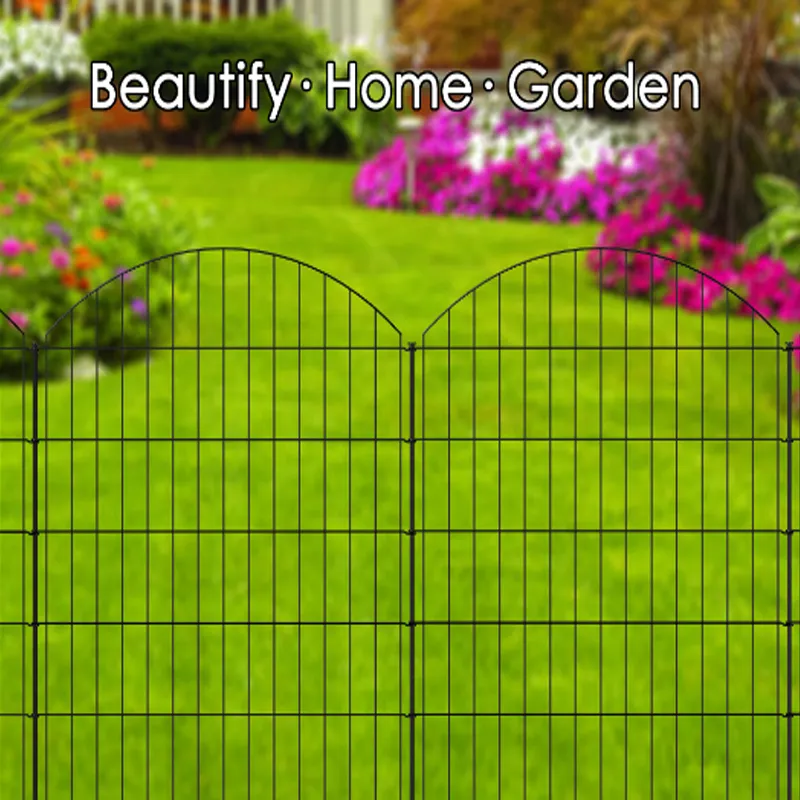The Versatility of Gabion Rock Cages
Gabion rock cages, often simply referred to as gabions, have steadily gained popularity in various fields of engineering, landscaping, and environmental conservation. These wire mesh containers filled with rocks or stones serve multiple purposes, from erosion control to aesthetic landscaping features. Understanding their construction, functionality, and applications reveals why gabion rock cages are a preferred choice for many projects.
Construction of Gabion Rock Cages
Gabion cages are typically constructed from a strong, durable wire mesh, which can be made from galvanized steel, PVC-coated steel, or other corrosion-resistant materials. This wire mesh is woven in such a way that it can hold substantial amounts of weight while remaining flexible enough to adapt to changing environmental conditions. The size of the cages can vary greatly, from small, landscaping units to large structures used in civil engineering projects.
The filling material of gabions, typically composed of rocks or stones, is essential for their effectiveness. The type of rock used can vary depending on availability and aesthetic preferences, but it is crucial that the materials are hard and durable enough to withstand weather conditions and water flow.
Functionality and Benefits
Gabion rock cages offer numerous benefits that make them an effective solution for various problems. One of their primary functions is erosion control. By placing gabions along riverbanks, shorelines, or slopes, they can significantly reduce soil erosion caused by water runoff. The structure of the cages dissipates energy from flowing water, allowing sediment to settle and preventing the washing away of soil.
gabion rock cages

In addition to erosion control, gabion rock cages can act as barriers to prevent flooding in vulnerable areas
. By reinforcing riverbanks and drainage channels, gabions help manage water flow during heavy rains or storms, protecting nearby infrastructure and communities from damage.Another major advantage of gabions is their ecological compatibility. Unlike concrete or other man-made materials, gabions allow for natural drainage and plant growth. Over time, vegetation can root in the spaces of the rocks, promoting biodiversity and creating a more natural habitat for wildlife. This characteristic makes gabions a favored solution for environmental restoration projects.
Aesthetic Applications
Beyond their functional uses, gabion rock cages are also appreciated for their aesthetic potential. In landscaping, they can serve as attractive garden features, retaining walls, or fences. Their rugged appearance complements natural environments, and with careful selection of rock types, they can be customized to match the aesthetic of any project.
Gabions can also be used creatively in urban architecture. Artists and architects have employed gabion designs in seating areas, planters, and even public art installations. Their versatility allows for innovative designs while maintaining structural integrity.
Conclusion
Gabion rock cages are a testament to the intersection of functionality and aesthetics in construction and landscaping. With their ability to control erosion, manage water flow, support biodiversity, and enhance visual appeal, gabions have become a valuable tool in both civil engineering and environmental conservation. As communities continue to face challenges related to climate change, urbanization, and habitat preservation, the use of gabion rock cages is likely to grow, paving the way for sustainable and resilient solutions in our built environments. Whether for protecting shorelines or adding charm to a garden, gabions are a practical choice that meets the diverse needs of today's projects.
















